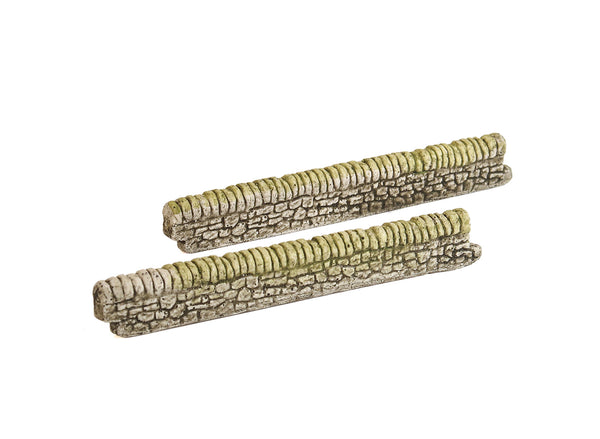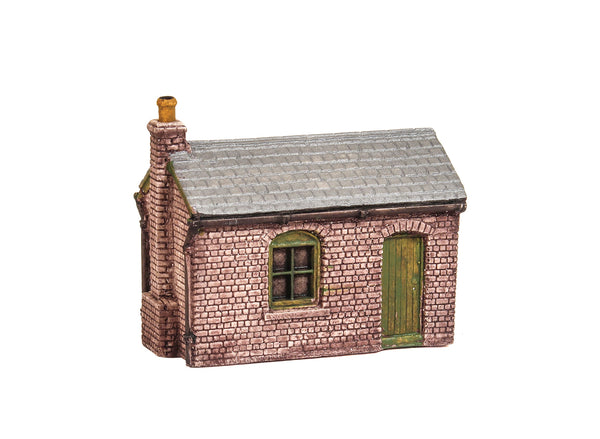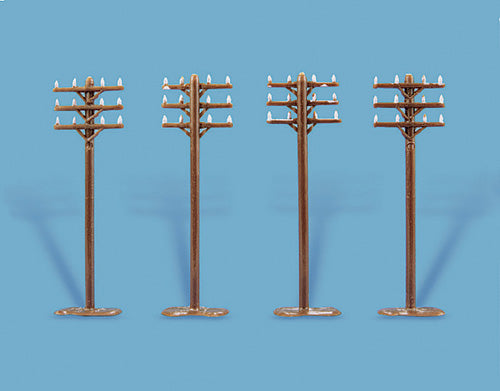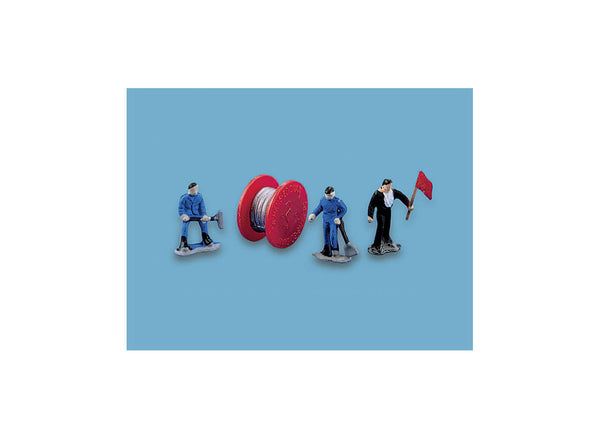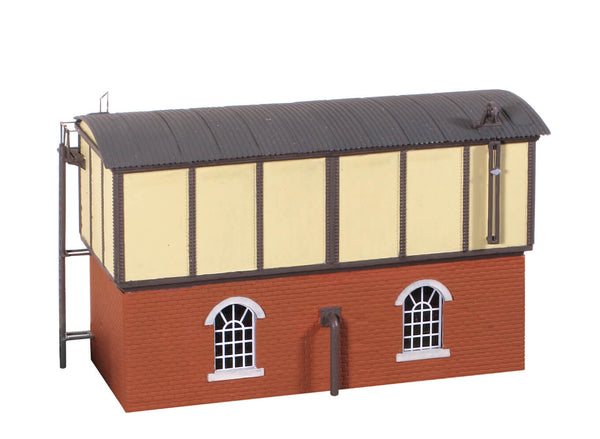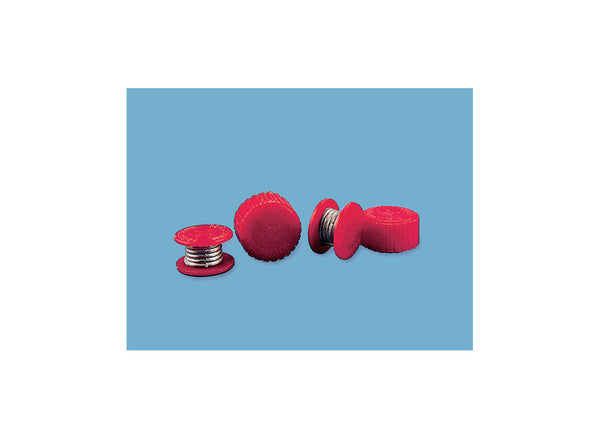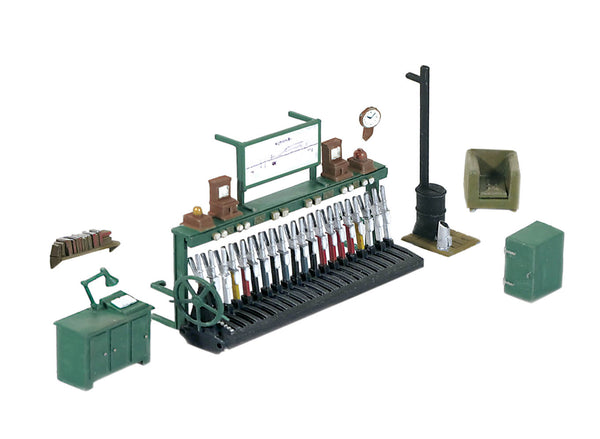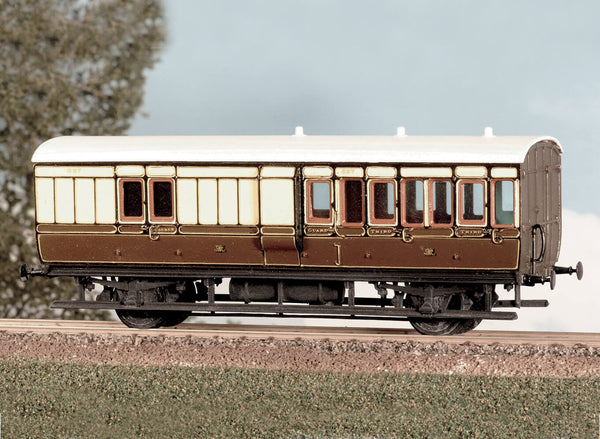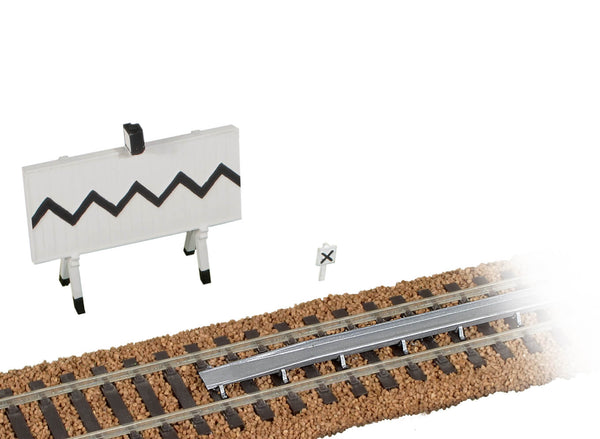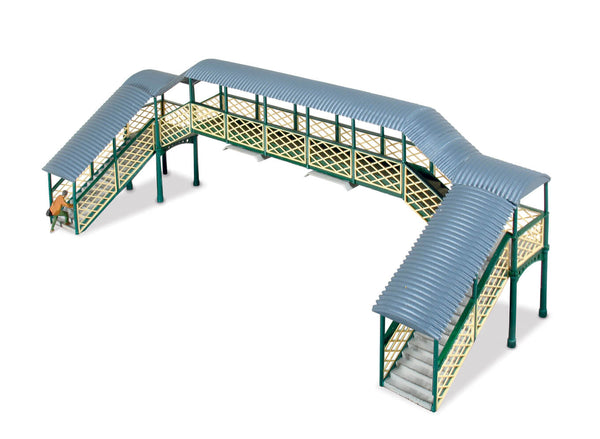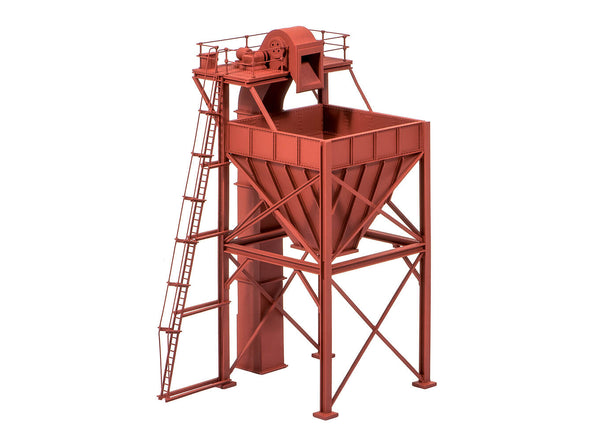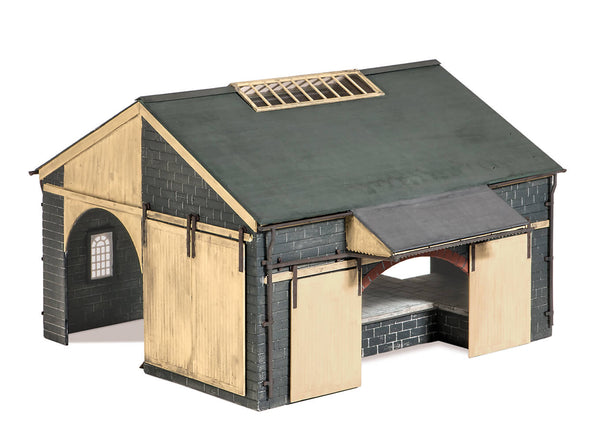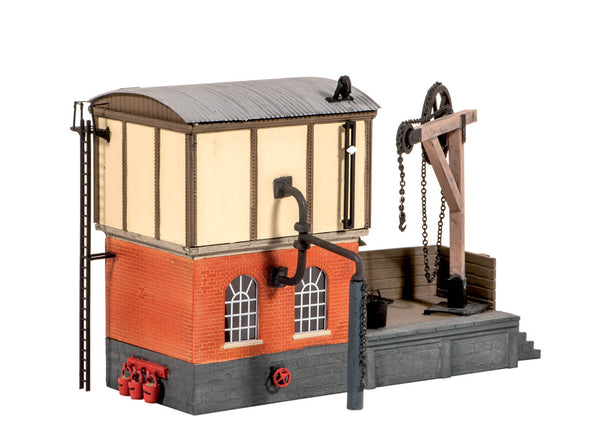BROWSE PECO PRODUCTS
Browse through our complete product portfolio.
1872 Products Found
Vegetable Patch with a Raised Timber Frame
A raised growing area with an assortment of vegetables. Approx 62mm long and 37mm wide. The Harburn Hamlet range of painted resin accessories provide interesting scenic details for your layout.
Turnout Blades/Brackets
1 set of Turnout Blades and Brackets for the construction of turnouts, using Code 143 Flat Bottom rail.
Dry Stone Walls
Straight lengths of country walling. Approx 60mm long, 4mm wide and 8mm high. The Harburn Hamlet range of painted resin accessories provide interesting scenic details for your layout.
Coal Sacks
Stacked open coal sacks for use in a coal yard and as a flatbed lorry load for domestic delivery. Approx 28mm long, 15mm wide and 10mm high. The Harburn Hamlet range of painted resin accessories provide interesting scenic details for your layout.
Tarpaulin Covered Load
Perfect for a storage yard or as a wagon/lorry load in transit. Approx 31mm long, 14mm wide and 14mm high. The Harburn Hamlet range of painted resin accessories provide interesting scenic details for your layout.
Large Sacks
A group of large light brown sacks suitably arranged for placing in a goods area, to fit into an open wagon, or for using as a lorry load. For '00', they could be used as a small sacks load! Approx 30mm long, 15mm wide and 10mm high. The Harburn Hamlet range of painted resin accessories provide interesting scenic details for your layout.
Yard Office
A very useful small building in the traditional industrial/railway architectural style.
Size (mm) 67 x 35 x 56. The Harburn Hamlet range of painted resin accessories provide interesting scenic details for your layout.
Bachmann(TM) Coal Wagon Load
Fits the latest Bachmann (TM) Blue Riband 16T mineral wagons.
Size (mm) 64 x 30. The Harburn Hamlet range of painted resin accessories provide interesting scenic details for your layout.
Large Water Tower
This 20,000 gallon design is equally at home replenishing water troughs, a large motive power depot or supplying several platform mounted water cranes (See Ratio Water Crane and Fire Devil kit 413 and Peco LK-2 Water Cranes). Supplied with pre-coloured parts although painting and/or weathering can add realism (See the Pecoscene Weathering Powder range PS-360 - 365); glue is required to complete this model. Footprint 122mm x 49mm
Signal Box Interior
Adds the finishing touches to any signal box (See Ratio 500, 503, 536, 552 and Wills SS48 kits); it contains all you need to fit out a typical signal box including a 20-lever frame and a level crossing operating wheel. Glue and paints required to complete model.
GWR 4 Wheel Coach Kit
These coaches were constructed between 1890 and 1902 for rural duties, but lasted up until the 1950's on workmen's trains and the like. Glue, paint and transfers are required to complete this model.
Water Trough
A essential feature on steam era main lines for over 100 years; this kit contains parts to make 760mm of troughs and includes relevant signboards. Use in conjunction with the large Water Tower (Ref 551). Glue and paints are required to complete this model.
Modular Covered Footbridge
With its fine scale latticework and curved section roof, this typical footbridge will add interest and a sense of importance to any model station.The versatile kit design means that the stairs can be assembled to face in either direction or straight off the end of the bridge. Additional kits can be used to create multiple spans, whilst larger, busier stations often had 2 stairways to each platform, leading off in both directions. Could also be used without the roof sections at a large terminus under an overall station canopy. Supplied with pre-coloured parts although painting and/or weathering (See the Pecoscene Weathering Powder range PS-360 - 365) can add realism; glue is required to complete this model. Span: 180mm
Coaling Tower
These towers are an impressive sight and were an essential feature on mainline railways. The Pecoscene ranges provide the perfect loading material, Real Coal (PS-330 -332), Limestone (PS-342 and 3), Sand (PS-344), Iron Ore (PS-340), Grey Stone (PS-300- 307), and Brown Stone (PS-310 - 317) for a quarry, mine or pit loading hopper. Supplied with pre-coloured parts although painting and/or weathering can add realism (See the Pecoscene Weathering Powder range PS-360 - 365); glue is required to complete this model. Footprint: 116mm x 92mm, Height 181mm
Midland Signal Box
This kit is modelled on the Midland Railway standard 4d box with characteristic hipped roof, and is based on the prototype at Swadlincote Junction, Leics. This timeless design lasted right up to the demise of mechanical signalling. The Ratio Signal Box Interior kit 553 will provide a wealth of interior detail. Supplied with pre-coloured parts although painting and/or weathering can add realism (See the Pecoscene Weathering Powder range PS-360 - 365); glue is required to complete this model. Footprint 130mm x 50mm.
Stone Goods Shed
The essential items for all stations until recently was a goods shed. Inside, dry goods were stored and transhipped from road to rail via the internal platform. The shed usually had a crane (Ref 531) or hoist (Ref 543) inside, whilst pallets and sacks (Ref 514) would be seen stacked around the site. A good example of this type of goods shed can still be seen standing in Ross on Wye, long after the railway has disappeared. Supplied with pre-coloured parts although painting and/or weathering can add realism (See the Pecoscene Weathering Powder range PS-360 - 365); glue is required to complete this model. Footprint 155mm x 170mm
Locomotive Servicing Depot
The kit comprises a coaling stage, water tower with crane, and a hoist for loading the coal. This model and the Engine Shed kit (Ref 522) make a good starting point for any layout in need of steam engine facilities. The Pecoscene Real Coal range (PS-330 -332) provides the perfect addition, as do the Pecoscene Ash and Cinder Scatter Materials (PS-320 - 322). An Inspection Pit (Peco LK-56/156) was also a common feature. Supplied with pre-coloured parts although painting and/or weathering can add realism (See the Pecoscene Weathering Powder PS-362 Coal Dust); glue is required to complete this model. Footprint: 140mm x 80mm
Coal Depot
In the days when everything came by rail, even the smallest goods yard would provide a facility for the local coal merchant next to a siding. The Ratio 526 Coal Sacks kit and Peco Scene Real Coal Refs PS-330,1 and 2 can provide extra detailing, as can the Modelscene Coalman and Scales Ref. 5029. Supplied with pre-coloured parts although painting and/or weathering can add realism (See the Pecoscene Weathering Powder range PS-360 - 365); glue is required to complete this model. Footprint 140mm x 30mm












